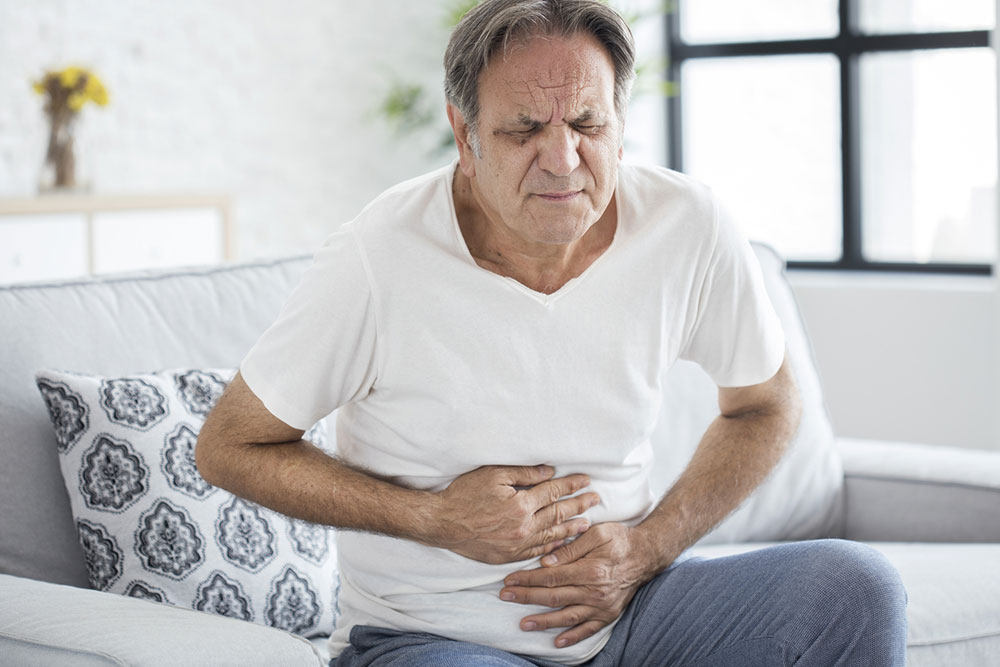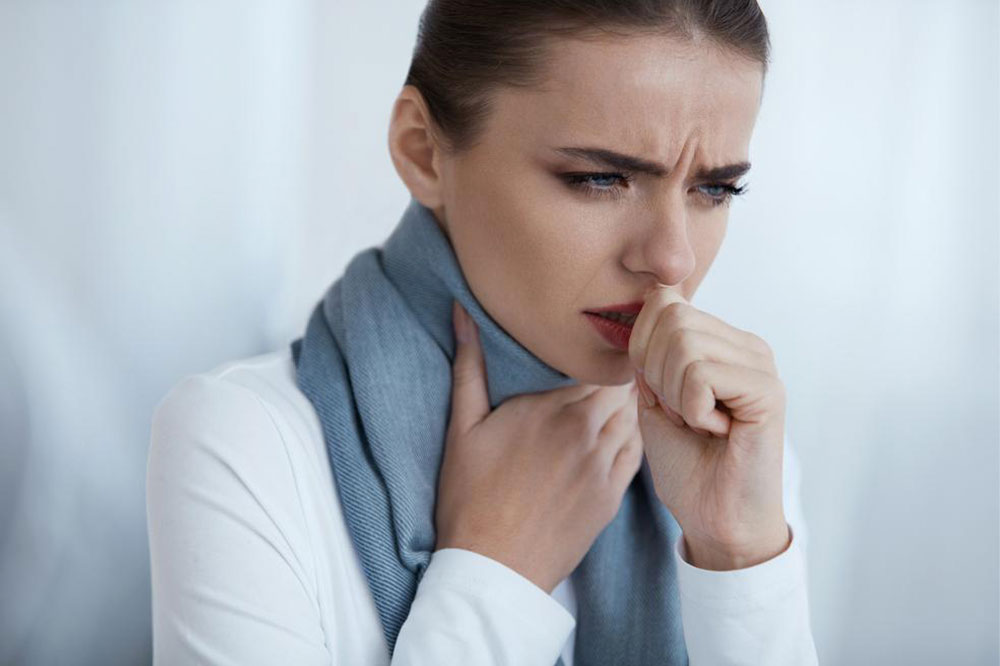14 liver damage signs that may indicate liver cancer

Liver cancer is a type of cancer where a malignant tumor grows in the liver. It is one of the leading causes of cancer deaths worldwide. The symptoms may not show up immediately, but it is crucial to diagnose it early to enable timely treatment and prevent its progression. Hepatocellular carcinoma is recognized as the most common liver cancer type. Below are some signs of liver damage that may indicate the onset of liver cancer.
Pale-colored stools
The liver is responsible for the production of a substance called bile into the small intestine. In normal cases, this substance causes stools to appear brownish in color. However, in patients with liver damage or cancer, the liver is unable to release bile, causing stools to turn pale. While pale-colored stools may also be indicative of other liver diseases, it is a common sign of liver cancer.
Chronic pain
Patients with liver cancer typically experience pain in the upper right abdomen, the back, or the right shoulder. This pain is usually dull and persistent and may occur in conjunction with abdominal swelling.
Extreme loss of appetite
Liver cancer often leads to the accumulation of fluid in the abdomen, causing one to experience extreme fullness even in case of normal or low food intake. The resultant loss of appetite may be a sign of liver cancer.
A hard lump under the right rib
The growth of a cancerous tumor in the liver can lead to the development of a hard lump under the right rib or on the upper right abdomen. It can also indicate that the liver has swollen.
Yellowing of the eyes and skin
Bile, a substance that the liver produces under normal circumstances, consists of bilirubin, a yellowish substance secreted during the bodily process of breaking down old red blood cells. In patients with liver cancer or other liver diseases, the liver is unable to digest bilirubin, which can cause yellowing of one’s eyes and skin.
Sleep disturbances
Most patients with liver cancer experience sleep difficulties, particularly when the cancer stems from non-HBV cirrhosis. Moreover, cancer treatments may worsen this symptom.
Nausea or vomiting
Tumors in the liver may cause the production of certain hormones, which can affect the functioning of other body organs. These hormones can increase calcium levels in the body, leading to hypercalcemia and triggering a range of health issues related to this condition, including nausea, vomiting, constipation, weakness, and fatigue. While nausea and vomiting are common symptoms of other conditions as well, it may indicate liver damage or liver cancer if accompanied by other signs.
Chronic fatigue
Chronic fatigue is one of the most common signs of liver cancer, involving extreme lethargy and weakness, even in the mornings. Chronic fatigue, in conjunction with other liver cancer symptoms, may indicate the onset of this health disease.
Shrinkage of testicles and breast enlargement
The liver may not be able to expel estrogen from the body when one suffers from liver cancer. This may lead to excessive levels of the hormone in the body, causing shrinkage of testicles among men and breast enlargement in women.
Shortness of breath
With time, the cancerous tumor growing in one’s liver may begin exerting pressure on the diaphragm, causing breathing problems. Fluid accumulation in the stomach due to liver cancer may also trigger or worsen breathing difficulties.
Dark-colored urine
The accumulation of bilirubin in the liver may trigger dark or amber-colored urine, one of the signs of liver cancer.
Spider naevi
Spider naevi are small, spider-shaped arteries appearing in clusters on the skin’s surface. Although spider naevi may also occur in healthy women, multiple such spider naevi on the upper body may indicate liver cancer or liver disease, particularly in men.
Easy bruising
The liver may be unable to produce clots in patients with liver cancer, making one highly susceptible to bruises and preventing wounds from healing.
High red blood cell count
High red blood cell count is a common fatty liver disease sign and is linked to the onset of other liver diseases, including liver cancer.
Lifestyle tips while healing from liver cancer
- Limit salt intake
Among individuals with liver cancer or other liver diseases, the liver may not be able to adequately maintain a balance of sodium and water. Excess salt intake may worsen liver problems and symptoms like bloating and abdominal pain. Hence, it helps to strictly limit or avoid salty foods like fries and chips while healing from liver cancer. - Stay hydrated
Less water intake can worsen existing liver cancer symptoms as well as the side effects of the treatment. Thus, patients with liver cancer should have plenty of water and healthy fluids like fresh fruit juices, soups, and coconut water. - Avoid red meat
While red meat is rich in iron and protein, it is difficult to break down by the liver, especially for persons with liver cancer. Lean meat sources are better alternatives to red meat for patients healing from liver cancer. - Maintain a calorie-balanced meal plan
High-calorie intake can cause fat to accumulate in the liver, worsening liver cancer symptoms. It can also increase one’s risk of conditions like type-2 diabetes. Hence, it is important for patients with liver cancer to regulate their calorie intake.


